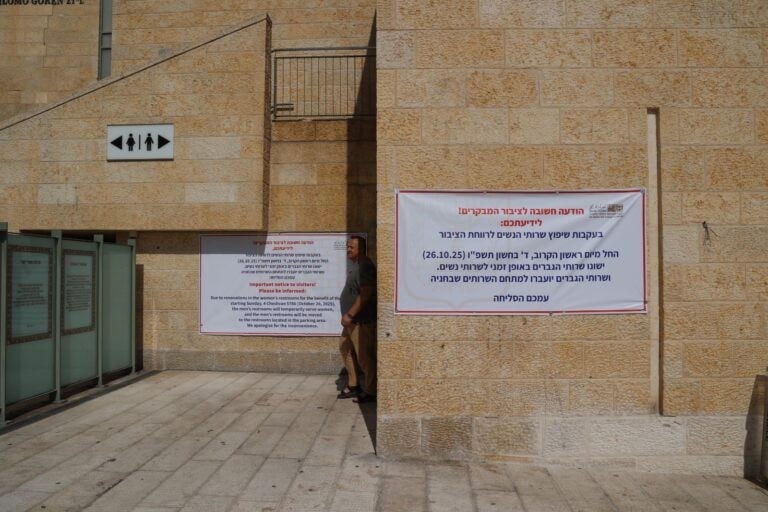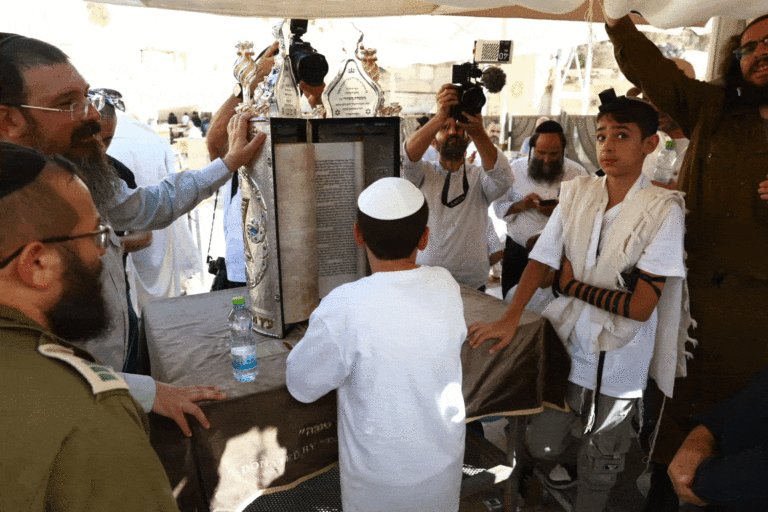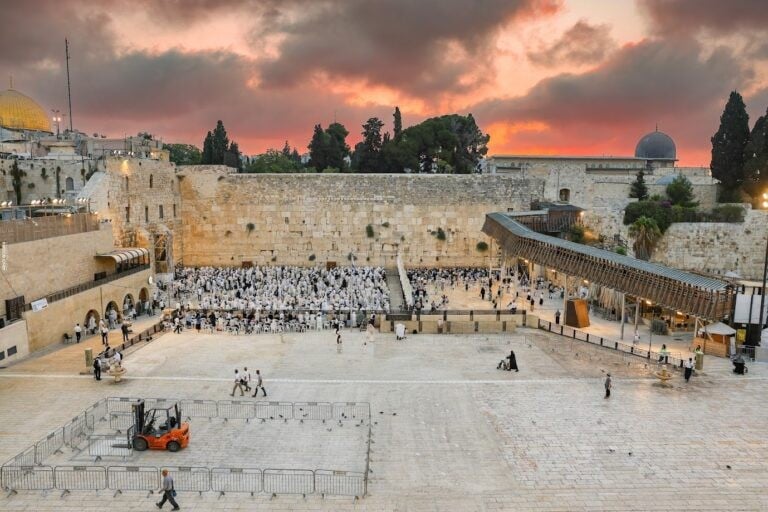Purim – 5783
Rabbi Shmuel Rabinowitz, Rabbi of the Western Wall and the Holy Sites
This week we will celebrate Purim, the joyous holiday on which we recall a miracle that happened to our ancestors about 2,500 years ago, when the Persian king Achashverosh, probably the king known in Greek as Xerxes, agreed to the proposal of his senior advisor, Haman, and signed a decree ordering the killing of Jews throughout the Persian Empire. Just by “chance”, a Jewish girl named Esther was involuntarily taken to serve as the queen of the same Achashverosh, and by “chance”, her uncle Mordechai reported to her about two of the palace guards who plotted to eliminate the king and thanks to him the king was saved. Also, by “chance”, the king recalled this incident when Haman came to ask to kill that same Mordechai because Mordechai refused to bow down before him, and by “chance”, the king decided to humiliate Haman and force him to honor Mordechai. In addition to all these “coincidences”, the king ordered his senior advisor to be hanged and allowed the Jews to defend themselves against their enemies.
When all these “coincidences” are added up to a complete picture, we call it the “Purim miracle.” Usually, the term “miracle” is reserved for supernatural events that the Bible explicitly attributes to G-d, but the Book of Esther, which we read on Purim, does not talk about supernatural events, and does not even mention the name of G-d. A superficial reading of the megillah will reveal a political story replete with cunning on all sides. But an in-depth reading will reveal the combination of these multiple coincidences as a snowball effect directed by an invisible hand – the hand of G-d, of course.
Except for one event. At a crucial moment in the story of the megillah, Mordechai asks Esther to approach the king and ask him to cancel the edict ordering the killing of the Jews. Esther is hesitant. She argues that access to the king involves risk due to the Persian law that forbids – even the queen – from accessing the inner court of the king’s palace without an invitation from the king. Mordechai urges her and she goes with a heavy heart to carry out the dangerous task while asking Mordechai and the other Jews to pray for her.
The entire megillah consists of precise and deliberate “coincidences” under divine providence, except for this moment when a decision was required to take a risk for the sake of saving the Jewish people. This is because divine providence alone will not help if one is not willing to show devotion for the Jewish nation. The status of man as capable of choice must be maintained, and only when man makes the moral decision to take on a mission for the people of Israel – only then will all the pieces of the puzzle come together to form a spectacular picture that will teach us of the invisible hand of divine providence.
The Book of Esther, as mentioned above, is careful not to mention G-d’s name since His supervision was hidden and caused the coincidences to occur accurately. But in the Book of Psalms, we find a psalm attributed to Esther, where we read Esther’s prayer as she performed her courageous act of sacrifice:
My G-d, my G-d, why have You forsaken me?… Do not distance Yourself from me, for distress is near; for there is none to help. For the kingship is the Lord’s, and He rules over the nations.
(Psalms 22)
Esther took a risk when she went to Achashverosh without an invitation, but this risk was taken with a sense of responsibility for the fate of the Jewish people combined with a deep recognition of who the real king is. It is not Achashverosh who runs the affairs of the world, but G-d. It was this faith that was the deciding factor, and from there on, the “coincidences” added up as though on their own. G-d assisted the person who made the right choice, the person of faith, and saved His nation.









